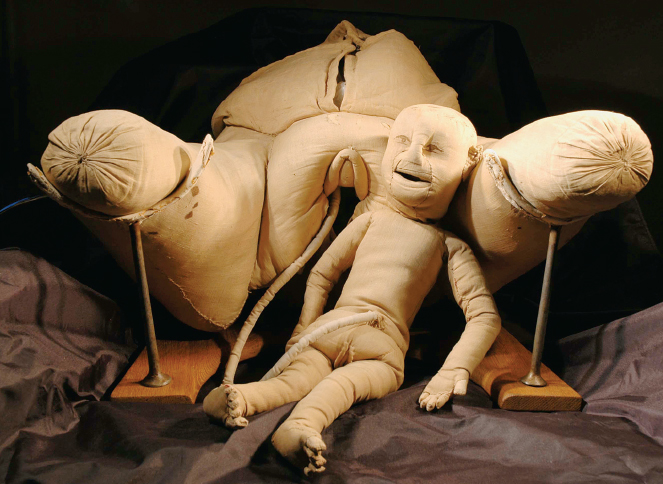Midwifery
Midwives continued to deliver the overwhelming majority of babies throughout the eighteenth century. Trained initially by another woman practitioner — and regulated by a guild in many cities — the midwife primarily assisted in labor and delivering babies. She also treated female problems, such as irregular menstrual cycles, breast-
The midwife orchestrated labor and birth in a woman’s world, where friends and relatives assisted the pregnant woman in the familiar surroundings of her own home. The male surgeon rarely entered this female world because most births, then as now, were normal and spontaneous. After the invention of forceps became publicized in 1734, surgeon-
Research suggests that women practitioners successfully defended much but not all of their practice in the eighteenth century. One enterprising French midwife, Madame du Coudray, wrote a widely used textbook, Manual on the Art of Childbirth (1757), in order to address complaints about incompetent midwives. She then secured royal financing for her campaign to teach birthing techniques. Du Coudray traveled all over France using a life-
Women also continued to perform almost all nursing. Female religious orders ran many hospitals, and at-
